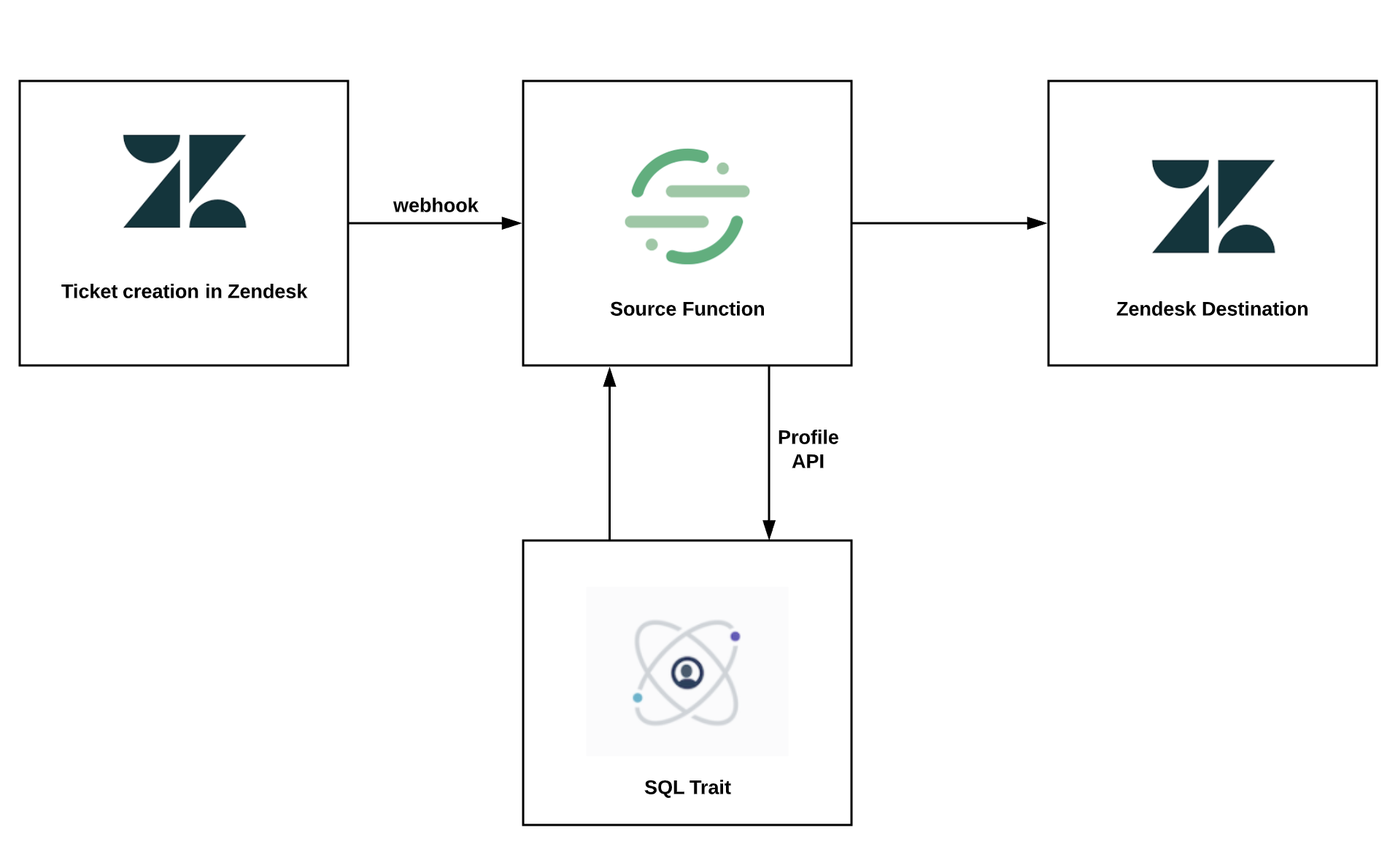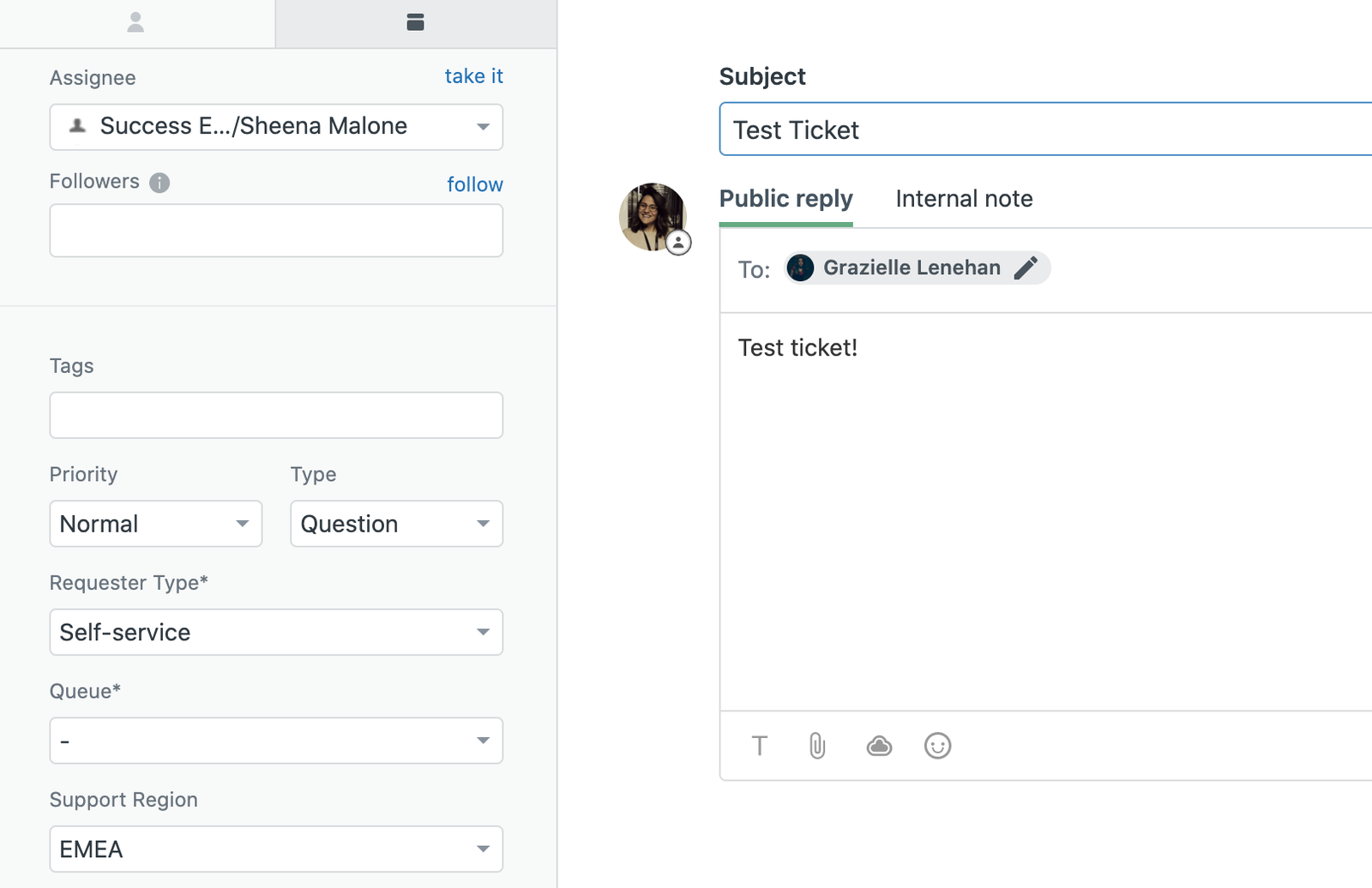How to identify and prioritize high-value support tickets
With this recipe, you’ll learn how to identify support tickets by pricing plan so you can prioritize your response times accordingly.
With this recipe, you’ll learn how to identify support tickets by pricing plan so you can prioritize your response times accordingly.
Twilio Segment Personas is now part of Segment’s Twilio Engage product offering.
When your business is receiving hundreds of support tickets a day, it can be hard to prioritize which customers to help first. Should you tackle the most recent ticket in the queue, or the most urgent?
There are hundreds of ways you can prioritize your support queue, but one of the most common is to prioritize based on a customer’s pricing plan.
Most companies offer different pricing plans, often offering different levels of customer support. By correctly identifying a customer’s pricing plan, you can ensure they are receiving the right level of support and response time, ensuring your company meets SLA (Service Level Agreement) reply targets.
In this recipe, we’ll use Zendesk as the ticketing system. Let’s walk you through the process.

The first step is to create a custom source in Segment so you can manipulate the events you want to fire and the data you want to input.
Segment provides several source libraries, but a custom source will give you the flexibility required for this project.
For the custom source to know what it needs, set up a webhook in your Zendesk instance that will ping the custom source every time a ticket is created.
Since we’re looking to update specific details about your customers, the next step is to implement the Profile API within your source code so we can point to the right information in Segment Personas and pull it in.
An example request would look like this:
https://profiles.segment.com/v1/spaces/MY_SPACE_ID/collections/users/profiles/email:customer@email.com/traits?include=plan,arr,name'
Once we have the custom source configured to point to the right place, move on to creating a SQL Trait in Personas.
Within the SQL trait, write a query that will grab the specific customer details you’re looking to get from your database.

Profiles should then start being populated with those details at every sync and retrieved by the calls made through the custom source we previously set up.
Next, hook up a Zendesk destination to your custom source within your Segment workspace so you can start receiving the data you’ve retrieved. In this case, you’ll want this to update the custom user fields related to your Plan Types within Zendesk.

You will also need to create Zendesk triggers to transfer the information from the user profile to those custom ticket fields. You can then incorporate these custom ticket fields to work with your reply time SLA targets.
P.S: This will work for updating Profiles within Zendesk. For updating tickets, a custom destination will be the way to go.
Here’s what we’ve done in this recipe:
Created a webhook to send data to a custom source whenever a new ticket is created in Zendesk.
Wrote the code to ping the Profile API to retrieve details related to the ticket requester.
Hooked up a Zendesk destination to receive the data which updated the ticket requester user profile.
Set up triggers in Zendesk to transfer that information
from custom user fields
to custom ticket fields so they can be used in SLA policies.
That’s it! Customers writing into your Zendesk support instance will now be easily identified by their pricing plan.
This is a win-win for you and your customer. Customers on higher-tier plans will be easily identified, and get the prioritized support experience their price plan warrants.
Meanwhile, by automating this process for your team, you’ll reduce the manual, repetitive work done by support agents to determine a customers’ plan type on new incoming support tickets.
Get help implementing this use case by talking with a Segment Team member or by signing up for a free Segment workspace here.

Our annual look at how attitudes, preferences, and experiences with personalization have evolved over the past year.